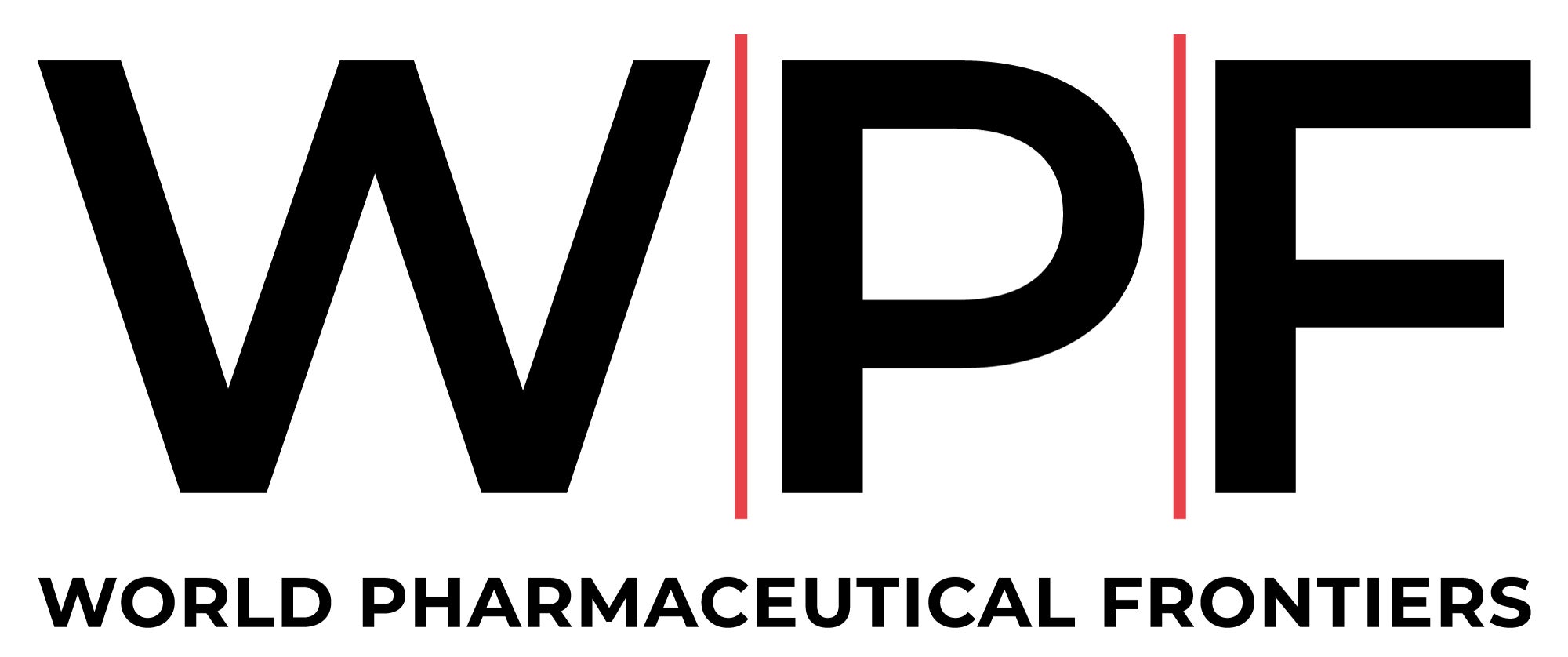
Outsourcing in the pharmaceutical industry is not a new concept, but it has evolved significantly in recent years. Traditionally, companies outsourced specific tasks such as manufacturing, clinical trials, or R&D. However, the scope of outsourcing has broadened considerably, now encompassing entire functions such as end-to-end supply chain management, regulatory affairs, and even intellectual property management. This shift reflects the changing landscape of the pharmaceutical sector, where the pressure to innovate and adapt quickly has never been greater.
With rising R&D costs, stringent regulatory requirements, and an urgent need to bring new products to market swiftly, outsourcing has become a strategic tool that allows companies to remain competitive and agile in this demanding environment. From start-ups to large multinational corporations, companies are leveraging external expertise to fill gaps, access new technologies, and streamline operations. As the outsourcing landscape continues to evolve, it is clear that this approach is no longer just about cost reduction but about enhancing overall business strategy.
In a discussion with Siamak Baharloo, CEO of Labviva – an e-procurement platform that uses technology to facilitate life science research for pharmaceutical companies – he outlines the factors driving the increased reliance on outsourcing in pharma; “One of the primary factors driving this trend is the need for enhanced flexibility and efficiency.” As companies face mounting challenges, the ability to adjust their operations dynamically has become a crucial advantage.

The need for enhanced flexibility and efficiency itself is also influenced by several factors. Since the Covid-19 pandemic, in particular, there has been increased pressure to bring new drugs and therapies to the market more quickly. With increasing competition and the race to address unmet medical needs, companies are having to adapt rapidly to changing demands.
Enhanced flexibility in outsourcing allows companies to scale operations up or down based on the needs of the project, without the lengthy processes that would have been required for internal expansion or contraction. This operational agility can mean the difference between success and failure in a highly competitive market.
“The reliance on outsourcing is no longer solely about reducing costs or offloading non-core activities. It’s about making strategic decisions regarding which functions should be handled internally to maximise control, innovation, and agility, and which are better suited for external partnerships that can bring in specialised skills and global reach,” shared Baharloo.
Luka Yancopoulos, CEO & co-founder of Grapevine – a groundbreaking start-up transforming the healthcare supply chain landscape – emphasises the increased need for efficiency: “Hospitals and pharmaceutical manufacturers are beginning to cut through the clutter of [the] middleman, leading to increased transparency of supply, demand, and pricing.”
The cost to develop a drug has increased exponentially in the past decade, with some drugs now costing billions to manufacture. “This is a change from the historical habit of ordering from a centralised national distributor, who would collocate offerings from hundreds of manufacturers and essentially monopolise the spend of a healthcare facility.”
Building relationships and strategic goals
In the pharmaceutical industry, supplier relationship management has moved from being a tactical function to a strategic one. It is no longer enough to simply select a supplier based on cost or capability. Instead, companies must cultivate long-term, collaborative relationships that align with their strategic goals.
To cultivate this partnership mindset, companies need to invest in relationship-building activities. Regular communication is essential, not just at an operational level but also at the executive level. This helps to ensure that both parties are aligned on key objectives and can quickly address any issues that arise. Building trust and maintaining open lines of communication are fundamental to successful supplier relationships.
In fact, building a strong relationship with suppliers starts long before a contract is signed. The selection process is critical, and companies must take a holistic view of potential suppliers. This means considering not only technical capabilities and cost but also cultural fit, values, and long-term compatibility. According to Baharloo, a key strategy for cultivating strong relationships with suppliers is transparency. “Once key suppliers are identified, the next step is to foster transparency and openness in the relationship, which means clearly communicating your expectations, timelines, and goals from the outset, and encouraging your suppliers to do the same.”
Regular and structured communication may sound overly simple, but the effects of clearly defined goals and values for both day-to-day operations and strategic discussions ensure that issues are addressed at the right level and alignment is maintained across all organisations.
“First, establish a governance framework, outlining roles, responsibilities, and deliverables to ensure both suppliers and pharma companies have aligned expectations and goals,” says Baharloo. This structured approach could help manage expectations and reduce misunderstandings or misaligned priorities. While ensuring suppliers remain efficient sounds demanding, it’s relatively simple for companies to ensure suppliers are compliant with regulatory requirements and industry standards, thanks to various guidelines. Speaking on his experience at Labviva, Baharloo says, “For chemicals, we not only verify suppliers through the customer’s rules, but also verify the products from multiple sources to ensure consistency and compliance with all the relevant regulations.”
Balancing diversification and control
Despite the best efforts, managing supplier relationships in the pharmaceutical industry is not without challenges. One of the most significant of these in supplier relationship management is balancing the desire for a diversified supply base with the practicality of managing fewer, stronger relationships.
“While several suppliers aim to become a one-stop shop for their clients, customers often seek a variety of options to mitigate risks,” explains Baharloo. “Relying on a limited number of suppliers can be risky, especially in a globalised economy where supply chain distributions are increasingly common.”
13.8 billion
The forecasted value in 2029 of the global procurement software market.
Fortune Business Insights
Another challenge is managing the inherent risks associated with outsourcing. These can include supply chain disruptions, quality issues, and regulatory noncompliance. “It’s not just about saving money. It’s about control,” says Yancopoulos.
“Hospitals can now manage their inventories precisely, ensuring critical medications are always available and minimising waste.” But when these medications are not so easily available and there are disruptions to supply, challenges can arise.
Supply chain shortages are becoming increasingly common, with pharmacies regularly reporting delays in certain medications to patients. While supplier relationship management isn’t completely to blame for this rising issue, it can also play a key role in preventing this from regularly occurring in the future.
Therefore, in an industry as regulated as pharmaceuticals, risk management is a critical component in supplier relationship management. Companies must ensure that their suppliers are compliant with all relevant regulations and have robust quality management systems in place.
AI, sustainability, and evolving strategies
As the pharmaceutical industry continues to evolve, so too will the strategies and tools used for outsourcing and supplier relationship management. It’s likely that several new trends will emerge that are likely to shape the future of supplier relationship management in the industry. Among these, the integration of advanced technologies such as AI and machine learning are set to play a pivotal role, by using technology to help companies analyse vast amounts of data, identify trends, and make informed decisions. For example, AI could be used to predict potential supply chain disruptions and suggest alternative suppliers or routes.
In some sense, this is already being done with an increase in procurement software being seen in the industry. “These softwares help procurement personnel order from dozens of suppliers more easily while finding the best source for each product at the point of purchase,” explains Yancapoulos.
In addition to leveraging AI and machine learning, another key trend shaping the future of outsourcing and procurement in pharma is sustainability. Pharmaceutical companies are increasingly focused on partnering with suppliers who adhere to environmentally responsible practices and social governance standards.
The global procurement software market has already seen exponential growth in size, with it having a value of $6.15bn in 2021 but is forecasted to reach $13.8bn in 2029, according to a report by Fortune Business Insights. Evidently, outsourcing and procurement in the pharmaceutical industry are more than just costsaving measures; they are strategic levers that can drive innovation, efficiency, and competitive advantage. However, the success of these strategies depends largely on the ability to build and maintain strong relationships with suppliers.
By adopting a partnership mindset, investing in relationship-building activities, and leveraging technology, pharmaceutical companies can ensure that their outsourcing arrangements are not only reliable but also a source of long-term value. As the industry continues to evolve, effective supplier relationship management will be more important than ever, making it a key area of focus for any company looking to stay ahead in this competitive landscape.





